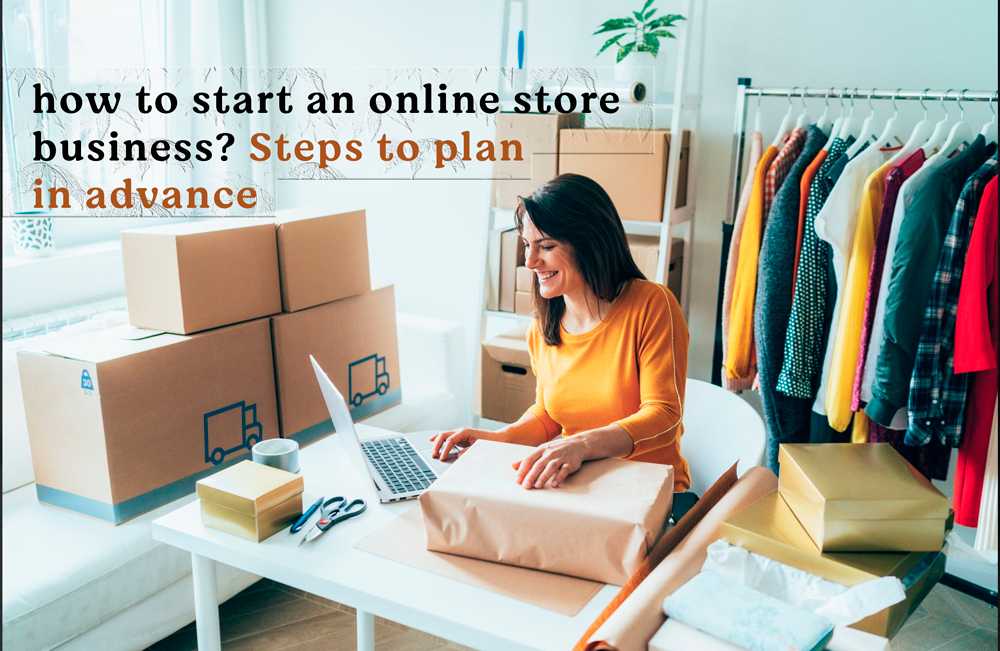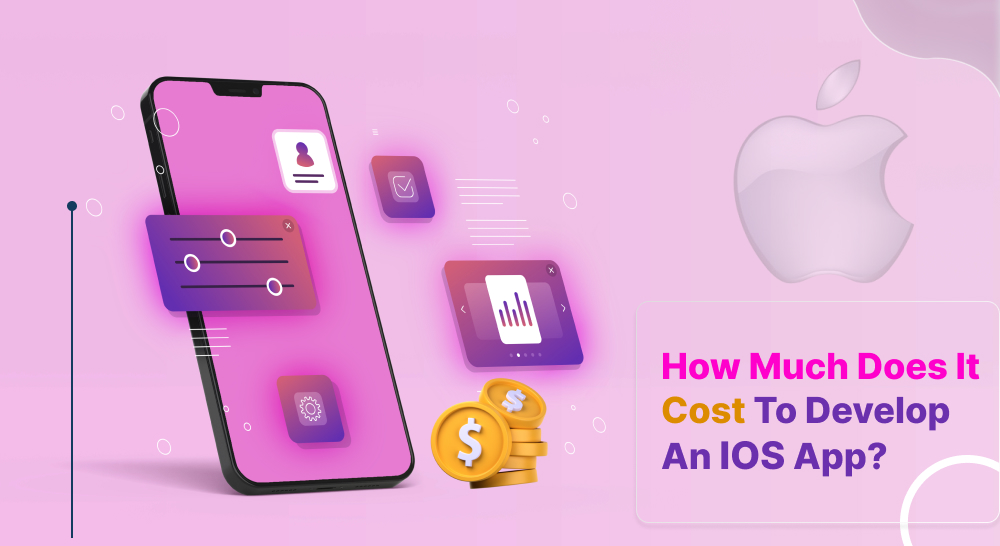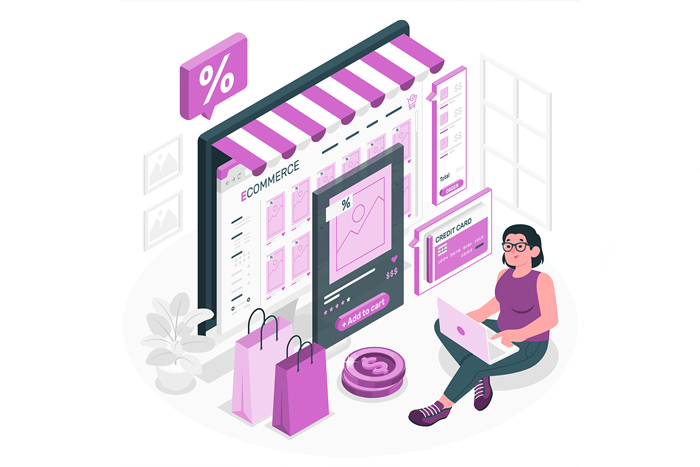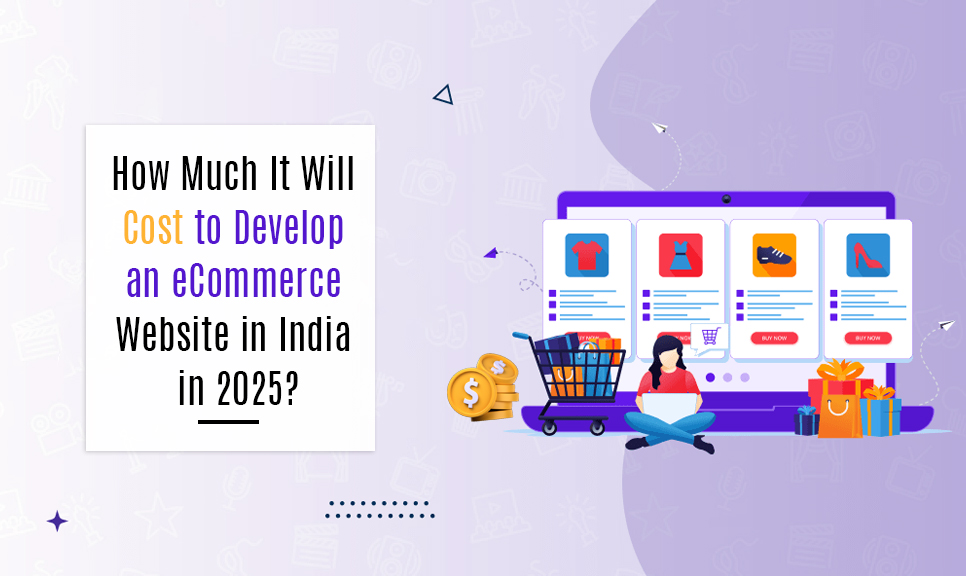How To Start An Online Store Business? Steps To Plan In Advance

Strong 8k brings an ultra-HD IPTV experience to your living room and your pocket.
Embarking on an online store business in 2025 is an interesting opportunity with enormous chances of reaching customers worldwide. However, competing in e-commerce requires good planning and adhering to a plan. If you want to make your mark on the world of online sales, the first thing you need is a good plan to help you navigate problems, risk management and make a profit. Before you even start listing products or choose the colors of your site, a strong foundational plan is essential for success in e-commerce.
This step-by-step guide will teach you how to plan an online store business ahead of the sale, ensuring you partner with a reliable eCommerce website design company India to build a strong and trustworthy e-commerce business.
Step 1: Ideate and Research (The "who" and "what")
This first step involves knowing your business's core identity and the environment it will compete within.
1. Identify the niche and products
Problem-Solution Fit: how is your product or service solving a problem? What market need are you addressing? Clearly demonstrating a problem-solution fit is the basis of a successful business.
Passion and Expertise: It's easy to say, I just want to sell what the market wants to buy. You also need to look at what you really love or have expertise in. It will help you work your way through difficulty and genuine emotional storytelling.
Market Trends: Research current and emerging e-commerce trends. Are there trending products (e.g., sustainable goods, personalized items, niche hobbies)? Tools like Google Trends, consumer reports, and social media analytics can provide valuable insights.
Product Sourcing:
Dropshipping: Ideal for low startup costs, where you sell products that are shipped directly from a third-party supplier to the customer. You don't hold inventory.
Wholesale: Buying products in bulk from suppliers at a lower cost, then selling them at retail price. Requires inventory management.
Manufacturing/Private Label: Creating your own unique products. Offers high control over branding and quality but requires significant investment.
Print-on-Demand (POD): For custom apparel, accessories, etc., where products are printed only after an order is placed.
2. Identify Your Target Audience
Demographics: Age, gender, income level, education, location, occupation.
Psychographics: Interests, values, lifestyle, attitudes, pain points, aspirations, buying habits.
Develop Buyer Personas: Write in-depth descriptions of your ideal customers. This will guide everything about your business, from product development and marketing to website design.
Customer Needs and Preferences: What triggers their purchases? What type of content do they read? Where do they congregate online?
3. Make in-depth Competitor Analysis
Direct Competitors: Companies offering similar products to the same target market.
Indirect Competitors: Companies addressing the same issue with varying products/services.
SWOT Analysis: Examine your competitors' Strengths, Weaknesses, Opportunities, and Threats. What are they doing right? Where are they lacking? How can you compete differently?
Pricing Strategy: How are your competitors pricing their products? What value are they providing? This will assist you in positioning your products competitively.
Marketing and Sales Strategies: Look at their web presence, social media activity, advertising campaign, and customer feedback.
Phase 2: Planning and Legalities (The "How" and "Structure")
In this phase, your idea is turned into a solid business plan and the legal groundwork is laid.
4. Craft an In-depth Business Plan
A solid business plan is your guide to success. Include:
Executive Summary: Brief summary of your business concept, objectives, products, and marketplace.
Company Description: Mission, vision, values, and your point of difference.
Market Analysis: In-depth understanding of your target market and competition.
Product/Service Line: In-depth descriptions of what you sell or offer, USPs, and how you source.
Operations Plan: How you will manage inventory, order fulfillment, shipping, customer support, and returns.
Marketing and Sales Strategy: How you'll reach your target market, generate traffic, make sales, and keep customers. This includes online marketing channels (SEO, social media, email, pay-per-click ads).
Management Team: Who's on the team and what they do.
Financial Projections: Start-up expenses, funding needed, revenue projections, profit and loss statements, break-even analysis, and cash flow projections.
5. Select Your Business Structure and Register
Sole Proprietorship: Easiest, but no protection of personal assets.
Partnership: Suitable for two or more owners, though with joint liability.
Limited Liability Company (LLC): Provides individual liability protection to the owners, widely used for small to medium enterprises.
Private Limited Company (Pvt. Ltd.): Simpler but provides strong liability protection and easier access to capital.
Registration: Register your business name with the concerned government agencies. Apply for required licenses, permits (for example, GST registration in India if required), and tax IDs (for example, PAN).
6. Define Your Brand Identity
Brand Name: Select a memorable, relevant, and available name.
Logo and Visual Identity: Create a professional logo, establish brand colors, typography, and imagery. These should appeal to your target audience and reflect your brand's personality.
Brand Voice: Set an overall tone for all your communications – formal, playful, authoritative, etc.
Unique Selling Proposition (USP): Clearly define what differentiates your business from the rest.
Phase 3: Setting Up Your Online Presence (The "Build")
This phase is about picking the appropriate technology and creating your virtual storefront.
7. Select an E-commerce Platform
This is an important choice since it will determine how your store performs, how well it will scale, and how easy it will be to manage.
SaaS Platforms (Software-as-a-Service):
Shopify: Very popular, easy to use, large app store, suitable for small business to large companies. Hosted management.
Wix E-commerce: Drag-and-drop editor, suitable for small business and visual-oriented.
BigCommerce: Comprehensive features, great for growing businesses, very slightly more difficult to learn than Shopify.
Squarespace: Famous for gorgeous templates, great for visually oriented businesses.
Open-Source Platforms:
WooCommerce (plugin for WordPress): Extremely flexible, needs to be self-hosted, best for users with WordPress experience or needing complete control.
Magento (Adobe Commerce): Powerful, very scalable, technical, best for big businesses that have full-time development teams.
Considerations: User-friendliness, scalability, functionality (inventory, marketing, SEO, analytics), app integrations, cost, customer support, and above all, your technical skills or development budget.
8. Secure Your Domain Name and Web Host
Domain Name: Buy a domain name that is the same as your brand name (or close enough). Make it memorable and easy to spell.
Hosting: If on an open-source platform, you'll require good web hosting. For SaaS platforms, hosting is usually provided.
9. Build and Design Your Online Store
This is where your dream takes shape. You'll either utilize your platform of choice's built-in functionality or hire an ecommerce development agency.
User Experience (UX) Design:
Intuitive Navigation: Simple menus, intuitive categorization, prominent search bar.
Mobile Responsiveness: A must, as most visitors access via mobile devices.
Clean Design: Simple layout that navigates users smoothly.
Rapid Loading Speed: A must for user engagement and search engine optimization (SEO).
User Interface (UI) Design:
Brand Consistency: Apply your logo, brand colors, typography, and imagery consistently.
High-Quality Images: Professional product images (multi-angle, lifestyle), videos, and graphics.
Engaging Product Pages: Comprehensive descriptions, transparent pricing, customer reviews, transparent call-to-actions.
Product Upload and Structuring: Organize products logically, pen engaging product descriptions emphasizing benefits, not functions.
Essential Pages: Create "About Us," "Contact Us," "FAQ," "Shipping Policy," "Return Policy," and "Privacy Policy" pages.
If partnering with an ecommerce development company:
They can provide custom web design tailored to your brand, ensuring a unique and professional appearance.
They offer platform-specific development (e.g., Shopify Plus development, Magento custom modules, WooCommerce integrations).
They handle third-party integrations (payment gateways, shipping providers, CRM, ERP, marketing tools).
They provide scalability and security for your web store, an essential service for future expansion.
They offer regular maintenance, support, and performance tuning, so you can focus on your business.
10. Install Payment Gateways and Shipping
Payment Gateways: Install secure payment gateways (e.g., Stripe, PayPal, Razorpay, PayU, Google Pay, UPI). Provide multiple payment options to suit various customer needs.
Shipping Strategy:
Providers: Integrate with trusted shipping carriers (e.g., India Post, Delhivery, Blue Dart, FedEx).
Pricing: Determine shipping rates (free shipping, flat rate, weight-based, carrier real-time rates).
Packaging: Procure suitable packaging materials.
Fulfillment: How will you order pick, pack, and ship? Automate or utilize third-party logistics (3PL) as you grow.
Phase 4: Pre-Launch and Post-Launch Strategies (The "Market" and "Grow")
The last steps include extensive testing, launch, and ongoing optimization.
11. Perform Thorough Testing
Functionality: Test all buttons, links, forms, and checkout flow.
Responsiveness: Verify appearance and functionality across different devices (desktop, tablet, mobile).
Cross-Browser Compatibility: Test across different browsers (Chrome, Firefox, Safari, Edge).
Payment Process: Conduct test buys to verify payment gateways are functioning properly.
User Experience: Obtain feedback from external testers.
12. Plan a Pre-Launch Marketing Strategy
Teaser Campaigns: Create hype through social media, email newsletters, or a "coming soon" page.
Email List Building: Provide early bird promotions or special content in return for email registration.
Social Media Presence: Connect with your target market on appropriate platforms.
Influencer Marketing: Collaborate with influencers in your industry to create buzz.
13. Open Your Online Store
Select a good time to launch your store. Promote it heavily through all your marketing channels.
14. Post-Launch Marketing and Optimization
Search Engine Optimization (SEO): Continuous keyword analysis, on-page SEO, content generation, and technical SEO to enhance organic search results.
Paid Advertising: Google Ads, social media advertising (Facebook, Instagram, LinkedIn, YouTube) to send targeted traffic.
Social Media Marketing: Regular posting of content, community interaction, and user-generated content exploitation.
Email Marketing: Welcome flows, cart abandonment recovery, promotional emails, and loyalty programs.
Content Marketing: Blog articles, guides, videos, and infographics to draw in and educate your audience.
Analytics and Monitoring: Keep an eye on important metrics (website traffic, conversion rates, average order value, customer acquisition cost, customer lifetime value) at all times with the aid of tools such as Google Analytics.
Customer Service: Deliver superb customer support across different channels (email, chat, phone). Respond to inquiries and resolve issues quickly.
Iterate and Improve: The world of e-commerce is constantly changing. Keep reading data, collecting feedback, and iterating on your site, products, and marketing efforts to evolve and expand.
Conclusion
Opening an online store business in 2025 is an adventure that requires vision, careful planning, and being open to change. By carefully laying out your niche, getting to know your consumers, creating a solid business structure, and aligning with the proper resources – maybe even an accomplished ecommerce development company – you set yourself up for success. The online market is huge and competitive, but with a solid strategy and ongoing optimization, your e-commerce business can not just launch on a high note but grow and flourish, serving customers and bringing value worldwide.
Note: IndiBlogHub features both user-submitted and editorial content. We do not verify third-party contributions. Read our Disclaimer and Privacy Policyfor details.






